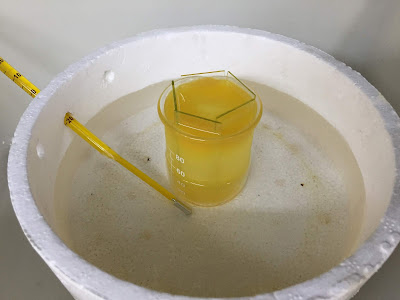Dr. Edgardo A. Saucedo visits BUAP after the MRS congress in Cancun, Mexico and gives us a motivational talk about kesterites PV technology. He is the leader of the Solar Energy Materials and Systems Group at IREC and leads the European STARCELL project too.
Kesterites are a promising PV material, it's metal elements, Copper, Zinc, and Tin are abundant on earth crust. This material owns a tetragonal lattice similar to commercial PV technology. As Dr. Saucedo said, they come from the royal family of photovoltaics.
Kesterites are a promising PV material, it's metal elements, Copper, Zinc, and Tin are abundant on earth crust. This material owns a tetragonal lattice similar to commercial PV technology. As Dr. Saucedo said, they come from the royal family of photovoltaics.
Kesterites comes from the royal family of photovoltaics
 |
Source: PV-Education Crystal structure of the royal family of photovoltaics |
 |
| STARCELL organization structure for CZTS development of solar cells and scale-up to PV modules |
Challenges of kesterite technology: Doping and alloying
The main technological challenge of kesterites is their Low Voc. For example, the sulfo-selenide kesterite or CZTSSe has a Voc of 513 mV [2] compared to commercial CIGSe solar cells which reach 734 mV [3]. Dr. Saucedo said that some bulk properties of the kesterite related to recombination process should be enhanced controlling the following techniques:







